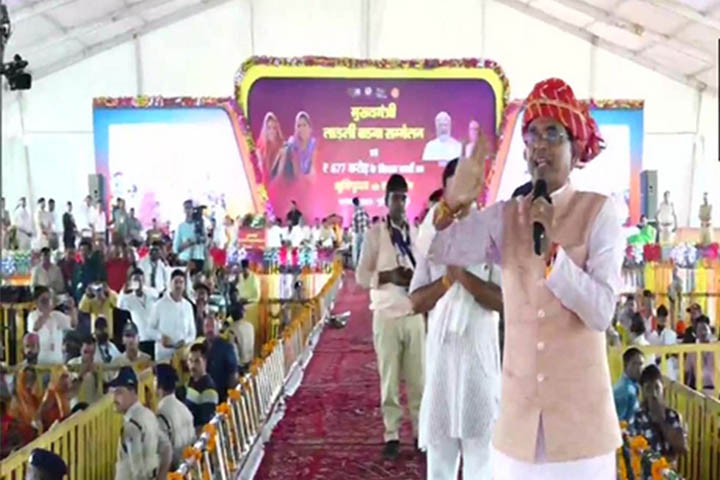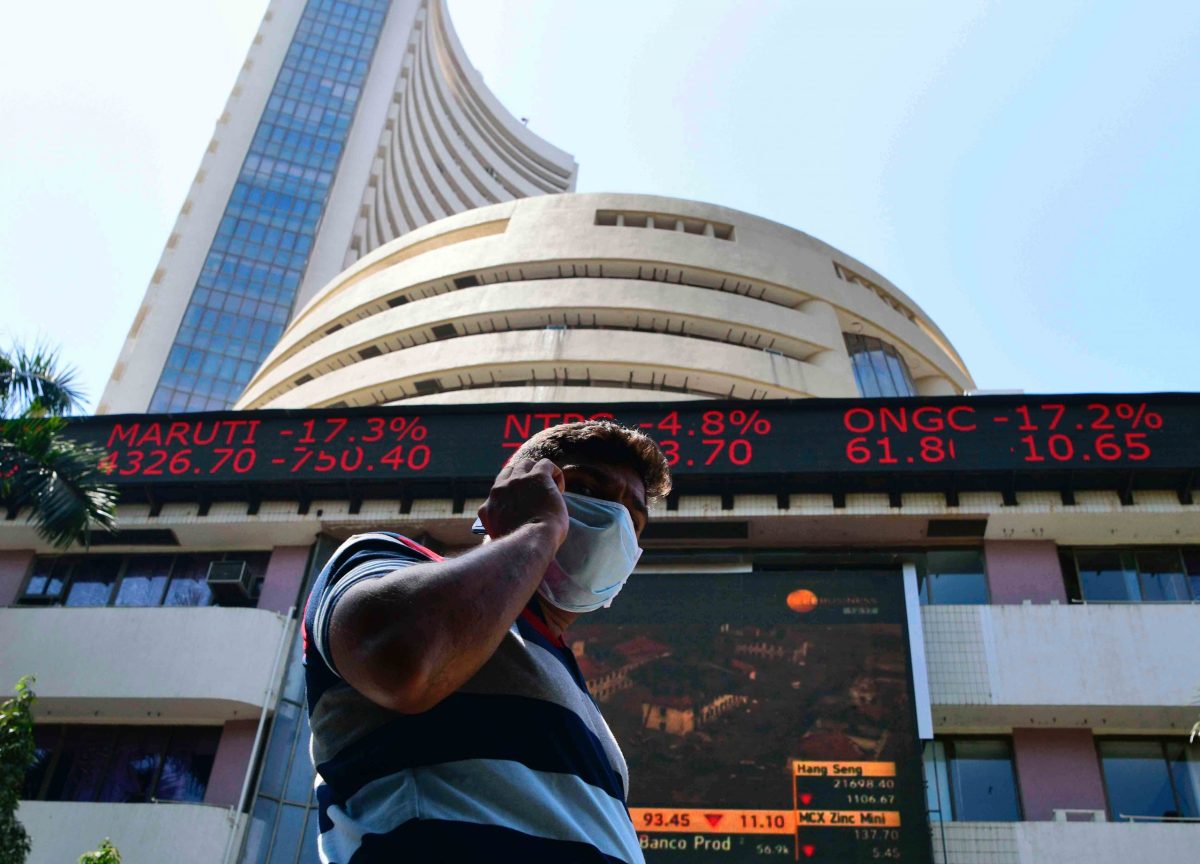Equity among nations must to meet biodiversity targets: India at COP15
Negotiations at the United Nations biodiversity summit in Montreal appeared to have stalled over issues of funding and responsibility, raising fears that the gathering of nearly 200 nations will fail to finalise a global framework to contain and reverse the alarming extinction of species due to human activities.
Matters related to finance remained deadlocked on Friday, and some wealthy nations were of the view that principles of equity and solidarity, or even common but differentiated responsibilities, may not be referred to in the global biodiversity framework, observers said, seeking anonymity.
India in a statement on Saturday countered the move to leave out differentiation among countries, stating that decisions in Montreal should be framed in the light of science and equity, and the sovereign right of nations over their resources, as provided for in the Convention on Biological Diversity (CBD). “If climate is profoundly linked to biodiversity, then the principle of equity and common but differentiated responsibilities and respective capabilities must equally apply to biodiversity,” said India’s environment minister Bhupender Yadav, who is leading India’s delegation at the 15th Conference of Parties (COP15) to the CBD.
Yadav, who reached Montreal on Friday with other officials including CP Goyal, director general of forests, also made it clear that India is looking for commensurate finance to implement the ambitious framework goals to be agreed upon in Montreal.
“The provision of the means of implementation must match our ambition. The increased expectations through these targets call for matching means of implementation, especially through public finance,” he said in his speech at a high-level segment of the meeting.
India does not agree to specific numerical targets on certain biodiversity goals, he said. “A numerical global target for pesticide reduction is unnecessary and must be left to countries to decide. India has taken numerous steps to keep invasive alien species at bay,” Yadav said. “But a numerical target is not feasible without the necessary baseline and relevant scientific evidence.”
The Montreal summit, scheduled to end on Monday, could head for overtime as matters related to finance have not been resolved, observers said. “Negotiations are tricky on finance package,” said Eddy Perez, international climate diplomacy director at Climate Action Network Canada, a collective of non-profits.
“CBDR is not reflect the same way in the conservation space as it is reflected in the climate space because CBDR is a concept that applies to historical emissions and responsibility associated with it. So, it is true that developed countries do not want specific references to CBDR and I think that is just one legal interpretation that was not present in the CBD process. What developing countries do want is differentiation on specific responsibilities so that is why they are pushing for CBDR language and other language that will make differentiation explicit in the CBDR text. One of these is the Article 20 of CBD convention which talks of different set of responsibilities when it comes to finance from developed to developing countries,” Perez added
“While the government’s approach that domestic policies should not be dictated only by a global framing of biodiversity targets needs to be understood, it does beckon a deeper engagement of status of biodiversity and biodiversity based livelihoods in the country,” said Kanchi Kohli, legal researcher at the Centre for Policy Research, a think tank. “Policies that subsidise large infrastructure could upstream biodiversity assessments and try to reduce impacts, secure vulnerable ecologies and occupations. This will help bridge the gap between our global articulations and the visible loss of forests, coasts or arid lands within the country,” Kohli added.
The global biodiversity framework calls upon member countries to protect a total of 30% of land and sea for biodiversity conservation. However, countries like those part of the European Union are in favour of targeting 30% land and 30% sea separately. “India has an extensive coastline, and it will be difficult to achieve the target if 30% of sea area has to be conserved,” an official of the environment ministry said, declining to be named.
The GBF urges for reduction of pollution from all sources by half by 2031. In principle, India has agreed to this target of reducing pollution. “However we do not agree to committing to the numerical value of reducing pollution by half,” he explained. The GBF urges for reduction of use of pesticides and highly hazardous chemicals by half, by 2031. “In principle, India again agrees to judicious use of pesticides and reducing highly hazardous chemicals. However, India does not agree to commit to the numerical value of reductions,” he had added.
COP15 started on December 7 in Montreal, Canada. Over 10,000 delegates, including official representatives of 196 countries, are participating in the negotiations, which Elizabeth Maruma Mrema, executive secretary of the CBD, described to be the “Paris moment for nature,” alluding to the landmark 2015 Paris climate pact where all countries unanimously agreed to limit global temperature rise within 2 degrees Celsius compared with pre-industrial times and make efforts to keep it within 1.5 degrees.
The main objective of COP15 is to adopt a global biodiversity framework, which will replace the Aichi Biodiversity Targets that expired in 2020 and were considered to be a failure by many experts. Some of the contentious issues to be negotiated for the framework are the target to protect 30% of land and sea area by 2030; review and monitoring of implementation of targets under the framework; and how funding will be mobilised for developing nations to achieve these targets.
In 2020, scientists sounded an alarm on the ongoing sixth mass extinction, which can lead to a complete collapse of humanity’s life support systems.
20 Dec 2022,18:47
















 Live Tv
Live Tv


